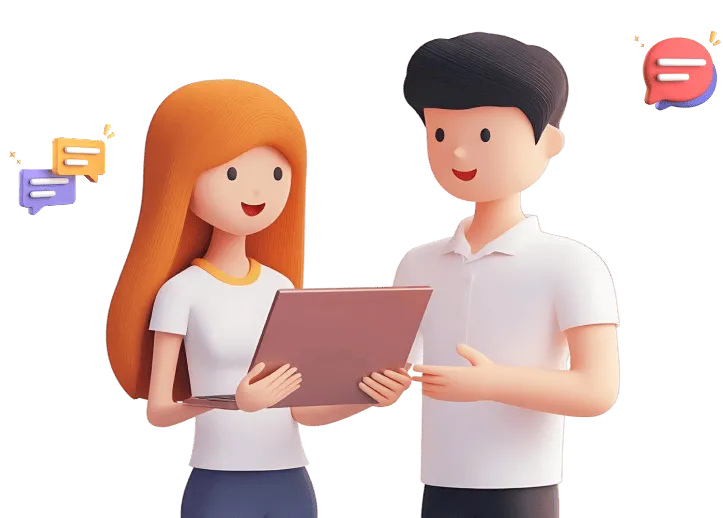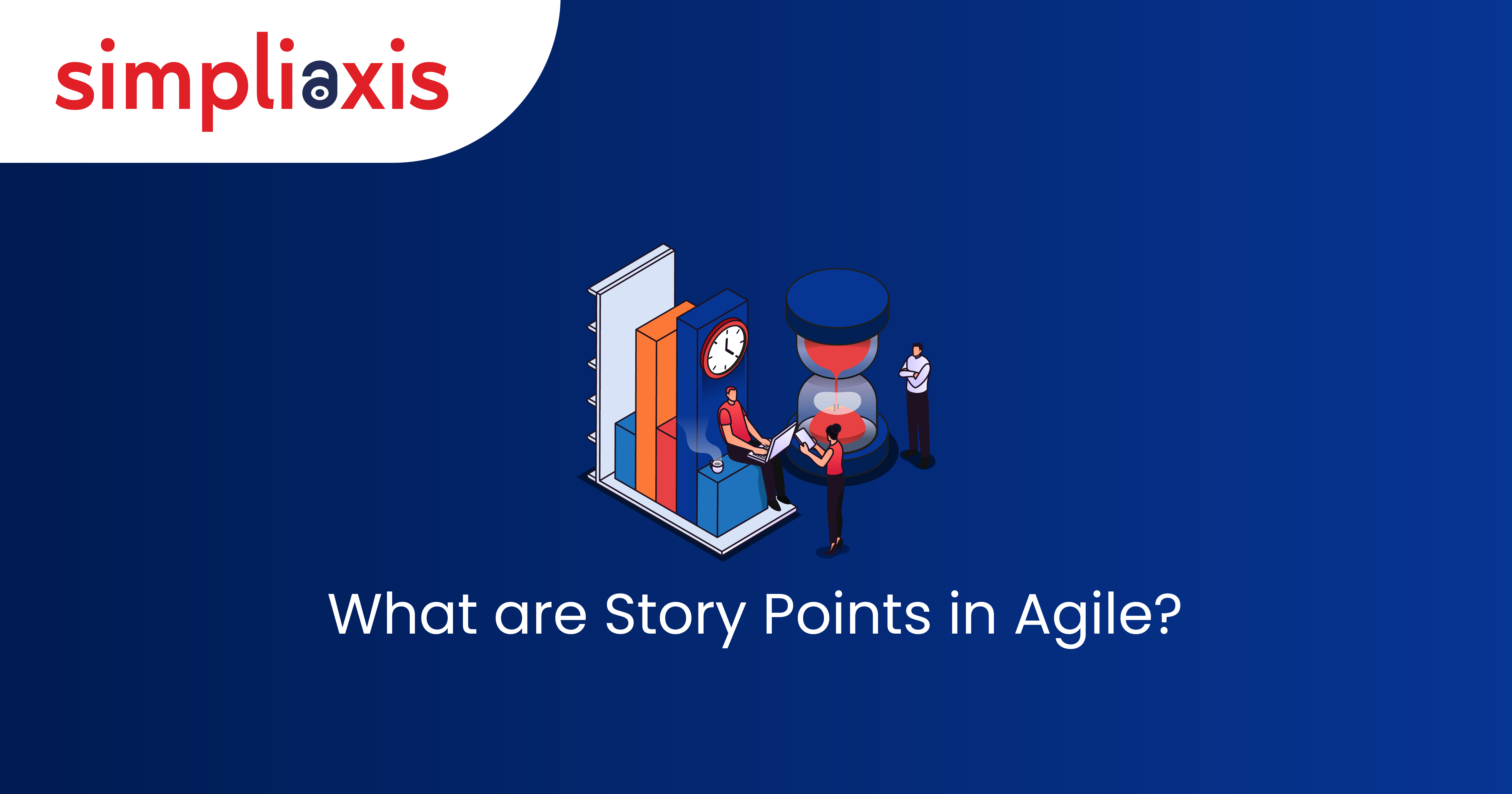Agile methodology has revolutionized software development, promoting collaboration, adaptability, and iterative progress. One key element of Agile project management is story points, a metric that helps teams estimate and prioritize work. In this blog post, we'll delve into what story points are, why they are crucial in Agile, and how to use them effectively for better project planning and execution.
What are the Story Points?
In Agile development, story points are a unit of measure used to estimate the relative complexity of tasks within a project. Unlike traditional time-based estimates, story points focus on a particular user story or task's difficulty, effort, and uncertainty. This approach allows teams to consider various factors, such as the intricacy of the work, dependencies, and potential risks, without being constrained by the limitations of time-based estimates.
Why Use Story Points?
1. Relative Sizing: Story points emphasize the relative sizing of tasks rather than absolute time. This means that instead of estimating the exact number of hours a job will take, teams compare the effort required for different functions to each other.
2. Focus on Complexity: Story points capture a task's inherent complexity. By considering complexity, teams can better account for uncertainties and potential roadblocks, fostering more accurate and adaptable planning.
3. Team Collaboration: Story point estimation encourages team collaboration. It involves a collective discussion among team members, each providing their perspective on the complexity of the task. This collaborative approach fosters shared understanding and alignment within the team.
Adaptability:
As Agile projects evolve, so do the priorities and understanding of tasks. Story points allow for easier adjustments as teams learn more about the project, enabling adaptability in the face of changing requirements.
Check: User Story Templates and Examples
How to Use Story Points?
Story points are a relative estimation technique used in agile project management to quantify the effort and complexity of user stories or tasks. We’ve provided a detailed guide on how to use story points below:
1. Estimation Process
Story point estimation typically involves the entire Agile team in a collaborative session, often called a sprint planning meeting. During this meeting, team members discuss user stories or tasks and assign story points based on complexity.
User Story | Complexity | Story Points |
Feature A | High | 8 |
Feature B | Medium | 5 |
Feature C | Low | 3 |
2. Reference Points
To ensure consistency, teams often use reference points or benchmark stories. These are tasks that everyone on the team understands well and can serve as a baseline for estimating other stories. For instance, if Feature A is a well-understood task with assigned 8 story points, the team can use this as a reference for estimating the complexity of other features.
User Story | Complexity | Story Points |
Feature A | High | 8 |
Feature D | Medium | 5 |
Feature E | Low | 3 |
3. Velocity
Velocity is a crucial metric in Agile, representing the work a team can complete in a given iteration (sprint). It is measured in story points and is crucial for predicting future iterations. Velocity is calculated by adding up the story points completed in the previous sprints.
How to calculate Velocity?
Sprint | Story Points Completed |
1 | 20 |
2 | 18 |
3 | 22 |
Average Velocity = (20 + 18 + 22) / 3 = 20 story points
4. Capacity Planning
Once the team has established velocity, they can use it for capacity planning in future sprints. Considering the team's historical velocity, they can forecast how many story points can be completed in upcoming sprints.
Sprint | Forecasted Story Points |
4 | 20 |
5 | 22 |
6 | 18 |
5. Retrospective Analysis
After each sprint, teams conduct a retrospective analysis to reflect on what went well, what could be improved, and how accurate their story point estimations were. This feedback loop is essential for continuous improvement and refinement of the estimation process.
6. Risk Mitigation
Story points inherently capture the potential risks and uncertainties associated with a task. During the estimation process, teams can identify and discuss possible challenges, allowing for proactive risk mitigation strategies. By addressing risks early in the planning stage, teams enhance their ability to navigate unforeseen obstacles and maintain project momentum.
Risk Mitigation
User Story | Complexity | Risks | Story Points |
Feature A | High | Integration challenges with the existing system | 8 |
Feature B | Medium | Third-party dependency | 5 |
Feature C | Low | Well-understood | 3 |
7. Refinement Meetings
Story points are not static; they can be adjusted as the team gains a deeper understanding of the project. Regular refinement meetings provide a platform for revisiting and reevaluating story point estimates. This ensures that as the team acquires more knowledge about the project, they can refine their estimates for greater accuracy.
User Story | Initial Complexity | Refined Complexity | Story Points |
Feature A | High | Medium | 5 |
Feature D | Medium | High | 8 |
Feature E | Low | Low | 3 |
8. Story Points vs. Time Estimation
It's crucial to highlight the distinction between story points and time-based estimation. Unlike the latter, story points focus on effort and complexity rather than fixed timeframes. This flexibility is especially beneficial in Agile environments where requirements evolve, allowing teams to remain responsive to changing demands without being tied to rigid schedules.
Aspect | Story Points | Time Estimation |
Basis of Estimation | Complexity and Effort | Fixed Time |
Flexibility | High | Limited |
Adaptability to Changes | Excellent | Challenging |
Team Collaboration | Emphasized | Limited |
9. Communication and Transparency
Story points enhance communication and transparency within the team and stakeholders. The visual representation of story points on a task board provides a clear overview of the project's progress. This transparency facilitates effective communication and ensures all team members are aligned on the project's status and priorities.
10. Continuous Learning
Embracing story points encourages a culture of continuous learning within Agile teams. As teams reflect on completed sprints and engage in retrospective analyses, they gain insights into the accuracy of their estimations. This iterative learning process contributes to the team's ability to refine their estimation techniques over time.
Retrospective Analysis Insights
Sprint | Lessons Learned |
4 | Underestimated integration complexity |
5 | Overestimated development effort |
6 | Improved communication led to better estimations |
Lastly!
Incorporating these additional aspects into the understanding and using story points enhances their effectiveness in Agile projects. By addressing risks, embracing adaptability, distinguishing story points from time-based estimates, fostering communication, and promoting a culture of continuous learning, teams can elevate their Agile practices to new heights.
Story points, when employed holistically, become not just a metric for estimation but a cornerstone of a dynamic and responsive Agile development process, enabling teams to navigate complexities and deliver successful outcomes.
You can unlock your full potential in Agile project management. Pursue an Agile and Scrum Training and pave your way to expertise in Agile Project Management!






















